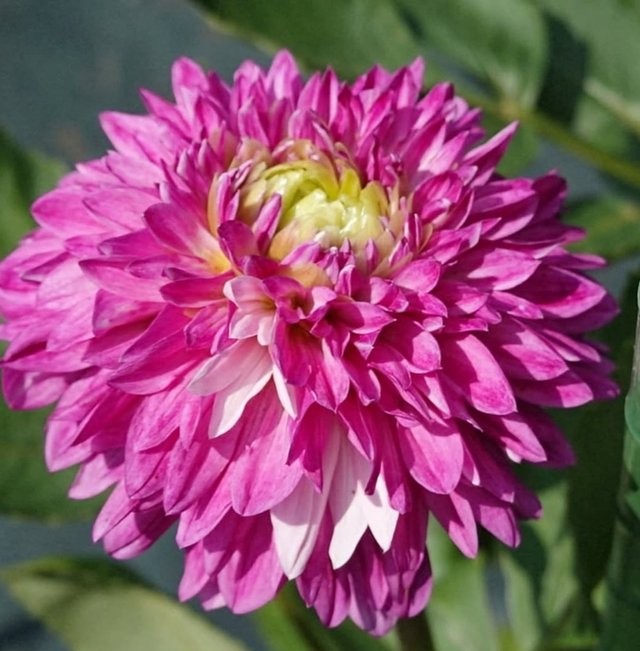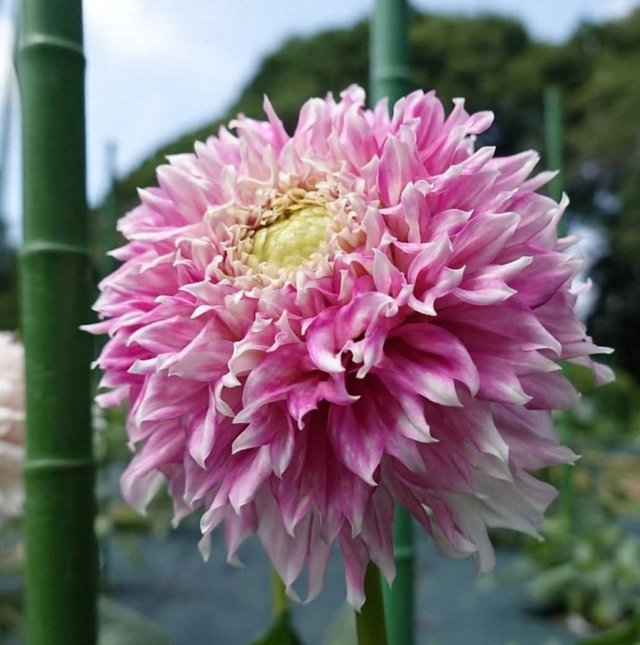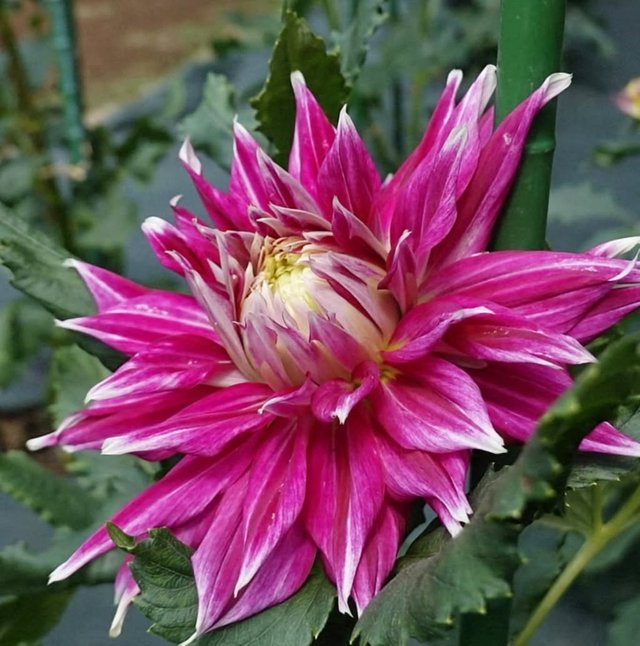So Beautiful Dahlia Flower
The dahlia, with its stunning diversity in color, form, and size, stands out as one of the most beloved and versatile flowers in gardens across the world. A native of Mexico and Central America, this tuberous-rooted perennial has enchanted horticulturists, florists, and garden enthusiasts for centuries. With over 42 recognized species and tens of thousands of cultivars, dahlias are celebrated for their bold presence, vibrant hues, and intricate petal formations that range from simple daisy-like blooms to complex, geometric masterpieces.
Botanical Overview
Scientific Name: Dahlia spp.
Family: Asteraceae
Origin: Mexico, Central America
Growth Habit: Herbaceous perennial with tuberous roots
Height: From 12 inches to over 6 feet
Dahlias are tender perennials, meaning they thrive in warm climates but require special care or lifting and storage in colder zones. The plants typically bloom from midsummer until the first frost, offering a long season of color and charm.
Diversity of Forms and Colors
One of the most captivating aspects of the dahlia is its incredible varietal diversity. There are dahlias with blooms no larger than a golf ball, and others that reach up to 12 inches across. The American Dahlia Society classifies dahlias into categories based on flower shape and petal arrangement, including:
Decorative: Full, broad blooms with flat or slightly rolled petals.
Cactus and Semi-Cactus: Spiky, pointed petals that curl backward.
Ball and Pompon: Rounded, globe-like shapes with tightly arranged petals.
Collarette: A single row of flat petals surrounding a ring of smaller inner petals.
Anemone: A fluffy, central cushion with a row or two of flat petals.
Single and Mignon Single: Simple daisy-like flowers with a single row of petals.
Dahlias are also unmatched in their color spectrum—they come in every shade except true blue and black. Some blooms are solid, while others are speckled, striped, or even bi-colored, offering limitless design possibilities for flower beds and arrangements.




%20(9).jpeg)